What is Coding? A Look at the What, Why, and Where to Start

In this article
There are few roles that have seen as much job growth in the past decade as coding. But there are, however, persistent misconceptions about what it means to be a coder and what kind of responsibilities come with the job.
In this article, we’re going to separate the facts from fiction when it comes to coding. Read on to learn about why businesses hire coders, the programming languages that they use, and how you can set about on your own coding journey.
What Is Coding?
In simple terms, coding is a form of communication. Humans communicate with each other in human language, and likewise, there are languages that allow people to communicate with computers. These languages are known as programming languages and the process of writing instructions in this language is known as coding.
Why would we want to communicate with computers? So we can take advantage of their wide range of computational capabilities. Every time you play a song on your phone or browse the Internet on your laptop, you’re able to do that because someone programmed this behavior into those devices.
The Role of Coding
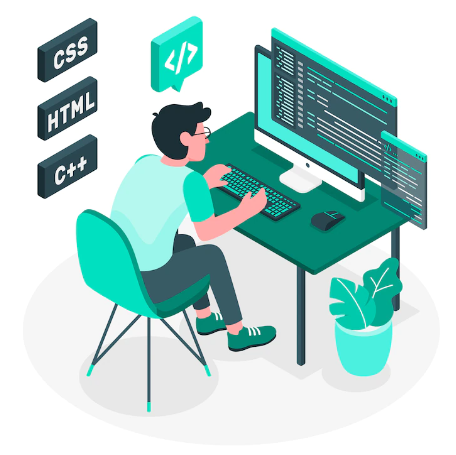
Coding is used by organizations and individuals in many different ways. Let’s find out what coders do with their seemingly magical ability to interact with computers.
Why Is Coding Important
Think of the last time you used a computational device. Let’s say it was your phone. In a sense, you were able to communicate with your phone. That’s how you told it to call up your friend or upload that nice picture you took to Instagram.
But the communication that you did with your phone is not coding and doing so doesn’t make you a software engineer or software developer. Why? Because you weren’t really telling your phone how to behave. Rather, you were simply choosing from a set of pre-existing behaviors that were programmed into the device.
If you actually want to tell a computational device what to do, then you need to learn how to code. When you do that, you free yourself from having to interact with a device using only other programmers’ applications. You can build your own behaviors and write programs that achieve the things that you want to.
Get To Know Other Software Engineering Students
Jack Mayer
Software Engineer at Whitepages
Geraldo Gomes
Software Engineer at Affirm
Abdelkareem ElSharief
Software Engineer at Bread
What Is The Goal of Coding?
The goal of coding is to create software programs that can solve specific problems. A good coder is one who is able to produce code that is efficient, reliable, and user-friendly. In addition to programming skills, software engineering teams should also be good at understanding user requirements and building applications based on that.
How Does Coding Work?
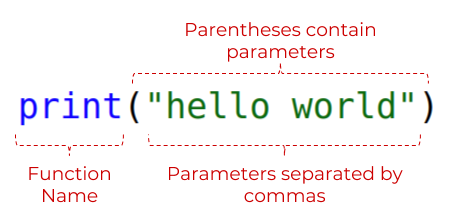
Computers are electronic devices, and electronic devices don’t understand the things we tell them directly, whether that’s typed out in English or in the form of a programming language. What they do understand, however, is the binary option of either a 1 or a 0.
The language formed of just 1s and 0s is called binary code or machine language. But communicating with computers directly in that way is tough. There are only so many strings of 1s and 0s we can write before we lose track of what we’re trying to say or how to say it.
This is where programming languages come in. They allow you to code in a language that’s a lot easier to understand as a human being when compared to binary code. Since computers don’t understand these languages, there’s something called a compiler that takes your program and expresses it in machine code.
Programming languages come in two forms: high- and low-level languages. Low-level programming languages are the ones that closely resemble binary code. Pascal and BASIC are two examples of low-level languages.
Most of the languages that are commonly used today are high-level languages. Their syntax is a lot closer to the English language than it is to binary code. Python, Java, and Javascript are high-level programming languages.
What Are The Most Popular Programming Languages
The following are some of the most commonly used and fastest-growing languages in the world:
C/C++
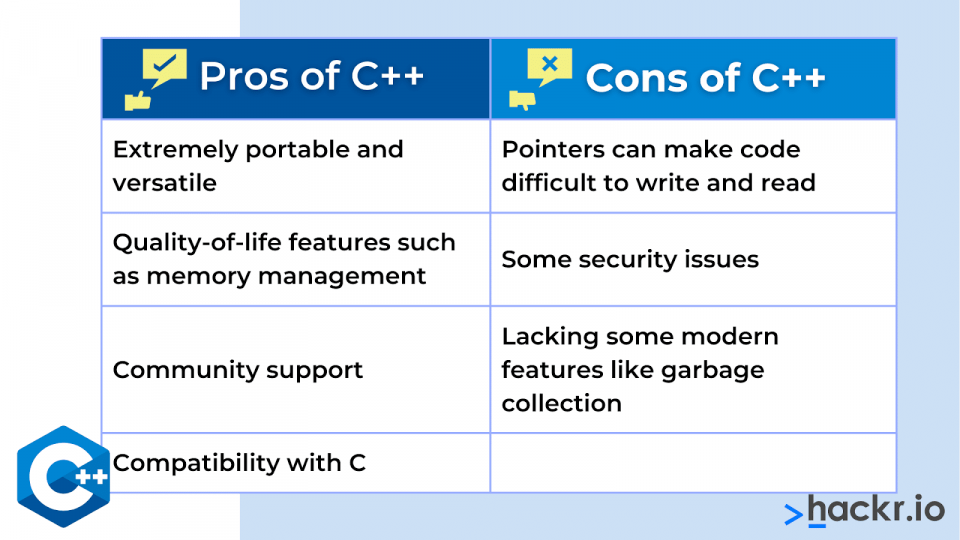
C is a structured programming language that is often used to code up operating systems. C++ is an update to C that supports object-oriented programming.
Java
Java is an object-oriented, class-based programming language that is used to program across many different device types and operating systems.
Python
Python is a high-level general-purpose programming language that can be used for a wide range of applications. It is commonly used by game developers, front-end developers, back-end developers, and network engineers.
SQL
SQL stands for Structured Query Language. It is used to interact with database systems to store, manipulate, and retrieve data.
Javascript
Javascript is a popular web programming language often used to create interactive websites. It is an essential language for both web and mobile development.
Ruby on Rails
Ruby on Rails is a package library built on top of the Ruby programming language. It is a web development framework that can be used to build both front-end and back-end applications.
HTML
HTML stands for Hypertext Markup Language. It is the language used to tell browsers how to render the user interface of a website.
R
R is a programming language that is used extensively by data scientists and machine learning engineers for its powerful statistical capabilities.
C#
C# was developed by Microsoft and is most commonly used to build desktop applications for the Microsoft operating system environment.
Swift
Swift is Apple’s programming language for its operating system and physical devices. Any apps that run on Mac, Apple Watch, and the company’s other devices are written in Swift.
Perl
Perl is a programming language that is popular for its text manipulation features. It has a syntax that is very similar to the C programming language.
Scala
Scala is a programming language that you can use to code in both functional and object-oriented programming approaches.
OOPS
Object-oriented programming languages use concepts from the real world like inheritance and polymorphism to create programming structures.
What Are Some Common Types of Software Development?
We now know which languages coders use commonly to build software. Now let’s turn our attention to the different areas in which they apply their coding skills.
Front-End Development
Front-end development is the practice of building the client-facing side of a website. Think about everything that you see when you use a website: the menus, images, columns, etc. All of those building blocks were put together into a coherent website by a front-end developer.
Back-End Development
Back-end development involves building the parts of a website that users don’t see. That includes the server, which is where the website is hosted. Back-end developers also construct a database to store website-related data and be able to access it easily when required.
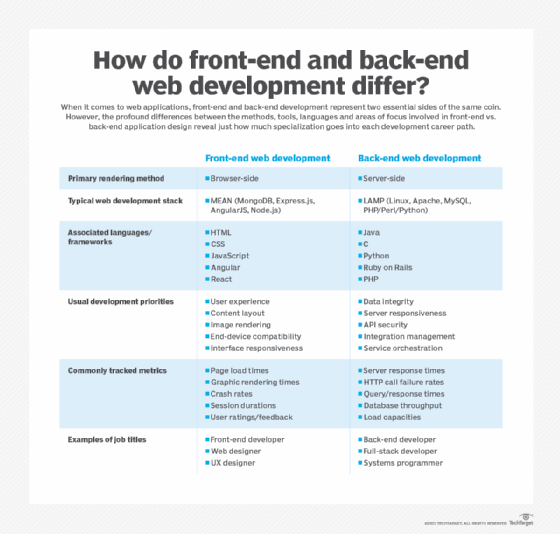
Full-Stack Development
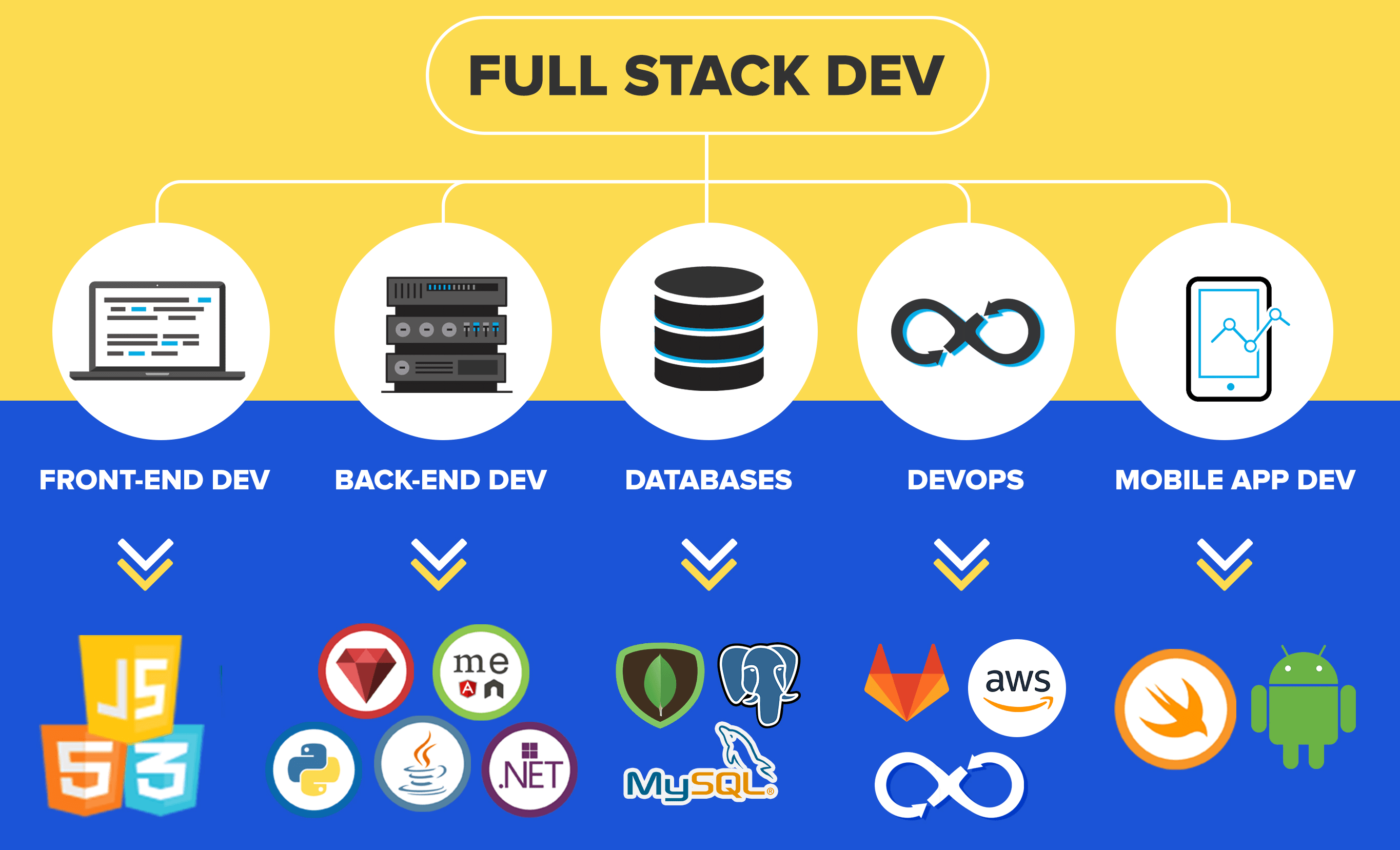
Full-stack development is a combination of front-end and back-end development. It is rare for a complete beginner to work as a full-stack developer. Usually, a developer begins working on front-end or back-end projects and then makes the transition to full-stack development.
Web Development
Web development is the generic term used to describe the practice of coding websites. They are built using HTML, CSS, Javascript, and other web programming languages.
App Development
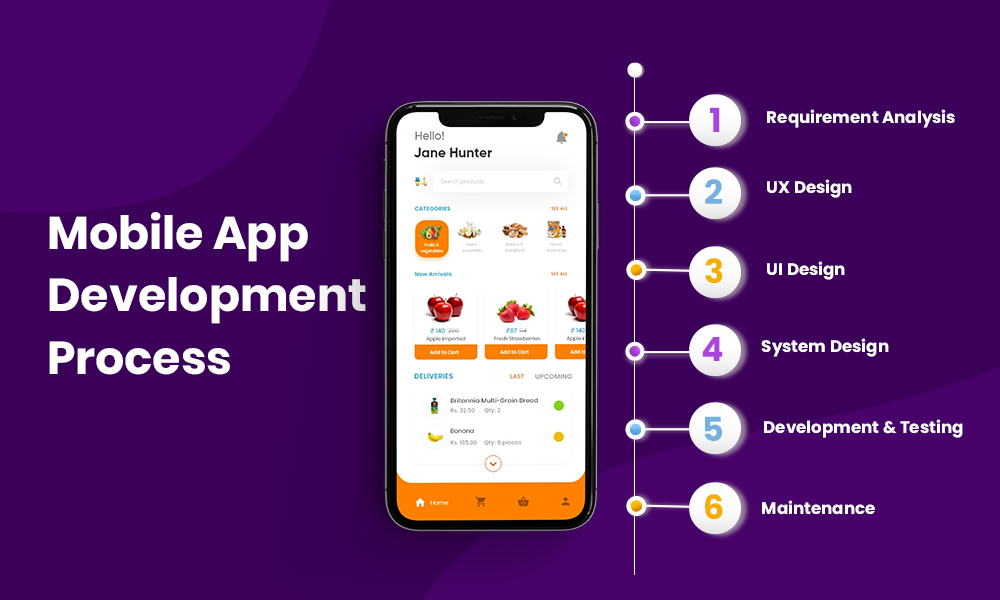
Coders who focus specifically on building apps are known as app developers. You can specialize in the kind of apps you build as a coder. For example, mobile app developers build apps for platforms like Android and iOS.
Cloud Computing
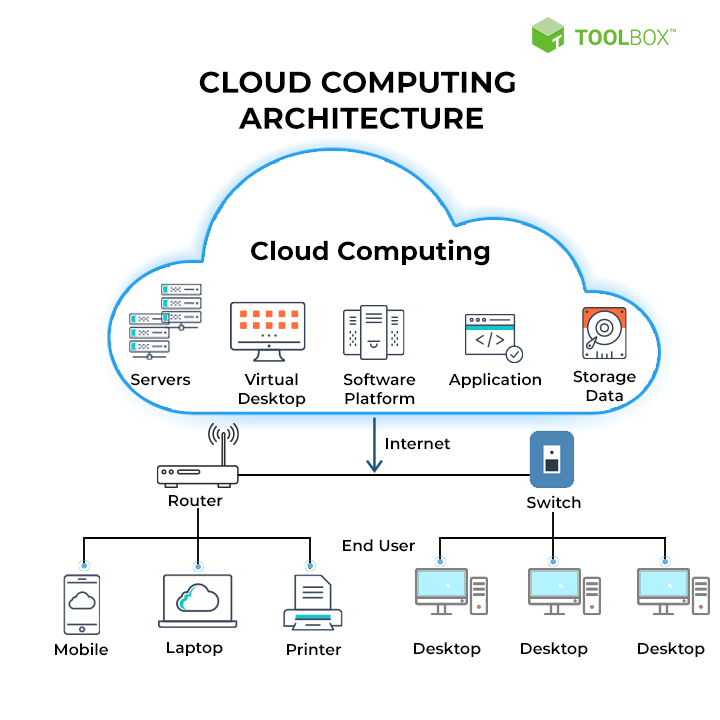
Cloud technology is increasingly becoming the mode for hosting and delivering apps to users. Cloud engineers are coders who set up cloud infrastructures and build applications for them.
What Are Some Well-Known Examples of Coding?
You’ll probably recognize at least one of these examples:
The “OG” Hello World Code
The first program most coders write is a program to print the phrase “Hello world.”
Here’s the code to print it in the C language:
#include <stdio.h>
int main() {
printf("Hello, world");
}
Here’s how this program works:
- #include<stdio.h> imports the library of functions that can be used to input data or output it to the screen.
- int main() initializes the body of the program
- printf() is the function used to display some text on the screen. Since that’s followed up by (“Hello, world”); that’s the text that is displayed on the screen.
Let’s now take a look at how this program is written in Python.
print('Hello, world!')As you can see, Python code is a lot more straightforward. You simply use the print function to display the function on the screen.
class MyFirstProgram {
public static void main(String[] args) {
System.out.println("Hello, world");
}
}
Here’s how this program works:
- In Java, all operations are performed within a class. In this case, we start by creating a class titled MyFirstProgram
- public static void main(String[] args) { … } is simply the main method. It tells the compiler to start executing the program from this point.
- System.out.println is the method you use to display output on the screen in Java. Since the argument for that method is the phrase “Hello, world” that’s what is printed on the screen.
The Osmosian Order of Plain English Programmers Welcomes You
This is a group of programmers that has come up with a compiler that processes plain English text into code. You can download the compiler at their website and start learning how you can also program in a language that is very similar to human speech.
Coffee Machines
That’s right, coffee machines also run on code. In this case, it is code that operates different aspects of a mechanical device. When you press any button on the coffee machine, it triggers a program that then executes a series of actions.
Facial Recognition Doorbells
Image processing is a vast field within the world of programming. Facial recognition doorbells run complex image recognizing programs that isolate the face of an individual through a live stream and capture it for the user.
Self-Driving Cars
Self-driving cars are complex machines and many different types of coders work together to build them. They have modules that pertain to various functions within the car which use inputs coming from various digital systems and physical sensors.
The Role of a Coder
Let’s now look into how coders fit into a large organization and the technical skills required to get into the position.
What Does a Coder Do
Coders are assigned specific software components to build on a daily basis. They’ll then code those components, whether that’s using CSS code or a tool like TensorFlow to write machine learning algorithms.
What Are the Requirements to Become a Coder?
The following are the requirements to work in coding:
- The ability to write clean, efficient code in a programming language of your choice
- Being able to break down a requirements specification into a roadmap for developing a website or software
- Knowing how to use a code editor or development environment
- Having a general idea of how electronic machines work and interact with code
- Being able to independently build elements of a larger software on a daily basis
Related Read: How To Become a Coder from Scratch
What Is the Typical Coding Process?
Here’s how coders go about their work:
Defining the Problem
Every coding undertaking is basically a problem-solving process. So to start off, you need to define the contours of the problem: what its origins are, who’s facing it, and what potential solutions are.
Planning the Solution
Once you know what the problem is, you can go about devising a solution to it. Let’s say you’re a professional developer who works in mobile development. In that case, you would devise a solution that can be solved using mobile applications.
Coding the Program
This is the phase during which you would actually flesh out the code for your proposed solution. Coders build projects in phases and regularly return to the requirements specification to stay on track.
Compiling and Testing the Program
Compiling is the process of executing the code that you have written. When you do so, you will find problems with the software at first. The process of identifying these problems in the behavior of software is known as testing.
Debugging the Program
Once you’ve tested the program, you will find various bugs in it. Debugging is the process of rewriting the code that’s causing bugs in the program so that the software behaves as you want it to.
Documenting the Program
The flow and logic of something you’ve written are not always self-evident. So you need to go about documenting the different functions and sections of your program so that other coders can also work on it if required.
How To Learn Coding
Here are a few ways in which you can learn how to code.
Coding Websites

You can use coding websites like Codecademy to start learning how to code at a rudimentary level.
Applications
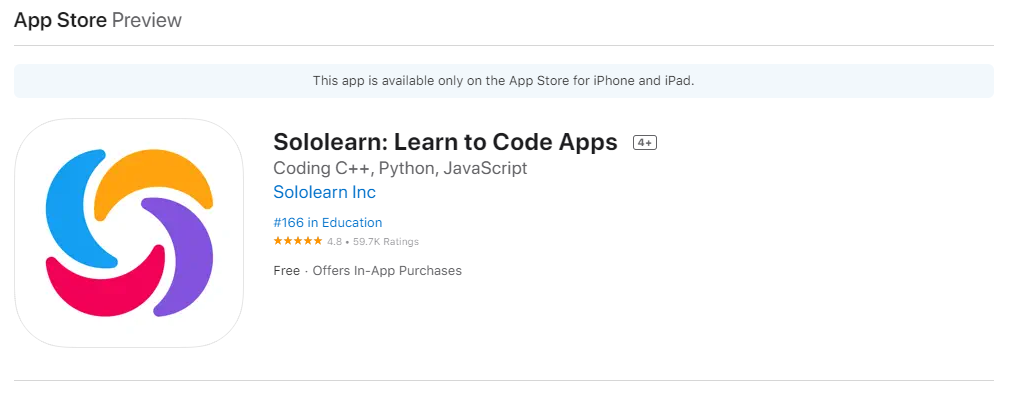
There are applications like Enki and SoloLearn that you can use to learn how to code in bite-sized chunks daily.
Bootcamps
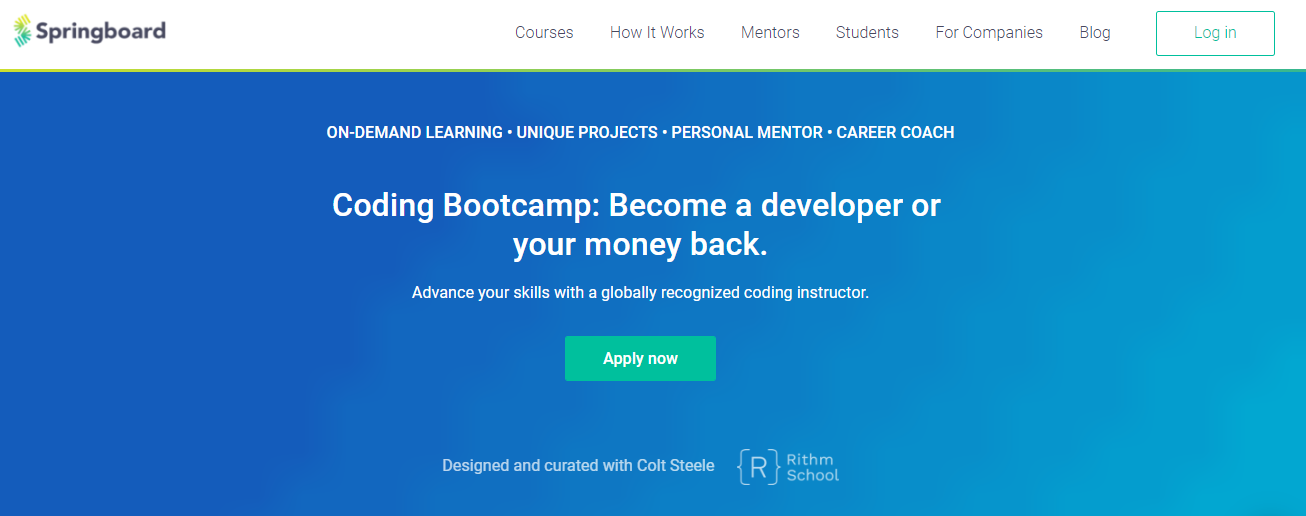
Coding bootcamps are great for beginners because you can take advantage of a community of learners and receive mentorship from experienced instructors.
What Does a Career in Coding Look Like?
Coding is a field that gives you plenty of opportunities to work in different industries and grow in your organization.
When it comes to career paths, you can choose to go forward in either a core technical role or a managerial position. The latter involves assuming positions such as lead developer or data architect. If you enjoy managing teams, then you can work as a scrum master or technical manager.
You aren’t limited to any industry when you work as a coder. There is a huge demand for coders across industries such as finance, healthcare, entertainment, and cars.
Why Should You Learn Coding?
Here are a few reasons why coding can be an exciting career.
In-Demand Profession
Coding is a great skill to have in today’s job market. It is for that reason that US News named it #11 on their list of best jobs in technology.
Applicable to Any Industry
Coders are hired by just about every industry. You can choose to work in an industry you like for a while or bounce from one to the other if you want to try your hand in different fields.
Appealing to Creative Problem Solvers
Coding is a creative field. It challenges you to think in creative ways to come up with efficient solutions to problems.
Near-Unlimited Career Opportunities (Including Self-Employment)
The demand for coders isn’t going down anytime soon. And if you don’t want to be a part of the job market in a conventional role, then you can also work as a consultant or freelancer.
Coding FAQs
We’ve got the answers to your most frequently asked questions.
Is Coding Hard To Learn?
Coding is not hard to learn. If you’re a beginner, give yourself some time to wrap your head around syntax and problem-solving approaches in programming and you can use that foundation to go deeper into the subject.
How Do You Start Coding?
You start coding by writing very simple programs. They could be programs that add two numbers or display the name of a user. You can then come up with more complex ideas for programs that accommodate your progress as a learner.
What Coding Languages Are Easiest To Learn?
Python, Javascript, and Ruby are the easiest programming languages to learn in terms of the complexity of the syntax.
Does Coding Pay Well?
Yes, coding pays well. The median salary of a programmer in the US is $89,000.
Since you’re here…
No one wakes up knowing how to code – they learn how to code. Tens of thousands of students have successfully learned with our courses, like our Software Engineering Bootcamp. If you’re a total newbie, our Software Engineering Career Track Prep Course will be a perfect fit. Let’s do this!




![Data Structures and Algorithms Interview Questions [2022 Prep Guide]](jpg/data-structures-and-algorithms-interview-questions-2022-prep-guide-380x235.jpg)
![What Does a Coder Do? [2022 Career Guide]](jpg/what-does-a-coder-do-2022-career-guide-1-380x235.jpg)